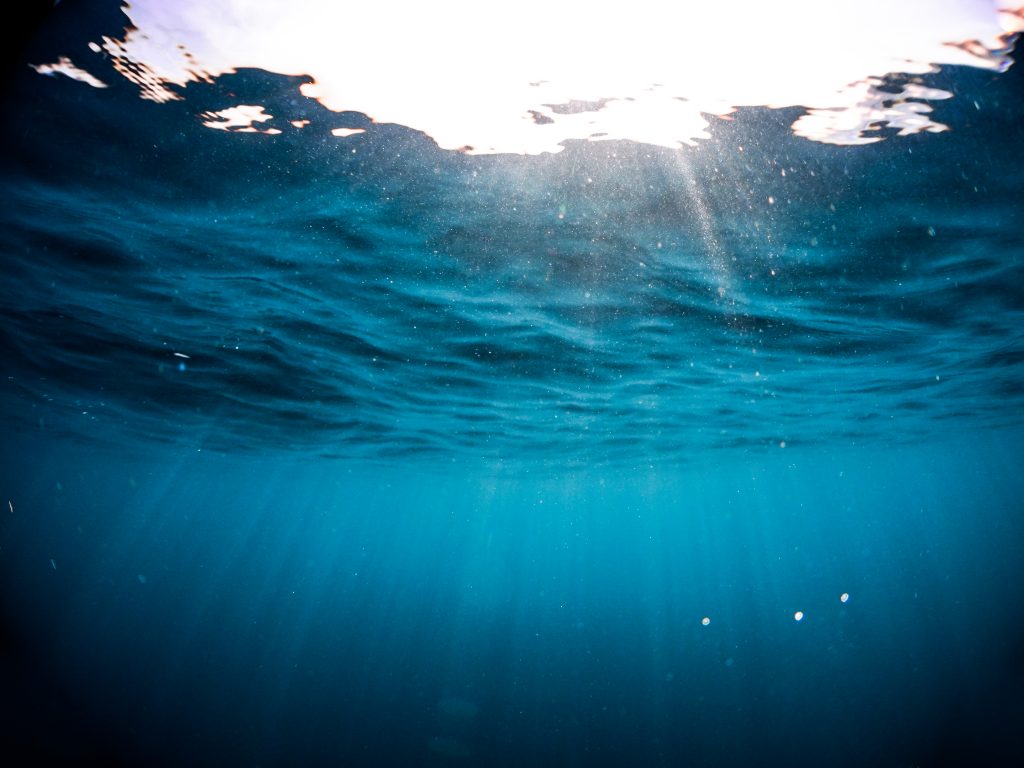Oxygen depletion in coastal waters
In a newly published NESSC paper, Martijn Hermans, prof. Caroline Slomp and colleagues investigate a group of bacteria that can counter the release of toxic sulfides from sediments in the Baltic Sea. The article has been published in the journal of Environmental Science and Technology.

Human-induced climate change expresses itself in different forms, such as the melting of ice caps and the warming of our planet. These are well-known examples of direct effects of climate change. A lesser known result of our changing climate is the depletion of oxygen in coastal waters. The loss of oxygen and subsequent release of highly toxic hydrogen sulfide from seafloor sediments may ultimately lead to loss of marine life. These areas in the sea where oxygen depletion occurs are referred to as “dead zones” – and they are growing in number at an alarming rate.
Recently, a novel group of bacteria was discovered that may delay the release of hydrogen sulfide from sediments in dead zones. These so-called cable bacteria mediate the transport of electrons in sediments by linking sulfide oxidation at depth to oxygen reduction near the surface sediment. Because of this, they are capable to detoxify the sediment.
The new publication by Hermans et al. shows that these cable bacteria are widespread in sediments in the Baltic Sea and that their abundance is related to the sulfide flux in the seafloor. Furthermore, the study further suggests that the activity of cable bacteria may explain why bottom waters in the eutrophic Gulf of Finland rarely contain sulfide in summer.
Article:
Abundance and Biogeochemical Impact of Cable Bacteria in Baltic Sea Sediments
Environmental Science & Technology, 2019, 53, 13, 7494-7503.
Martijn Hermans, Wytze K. Lenstra, Silvia Hidalgo-Martinez, Niels A. G. M. van Helmond, Rob Witbaard, Filip J.R. Meysman, Santiago Gonzalez,and Caroline P. Slomp

